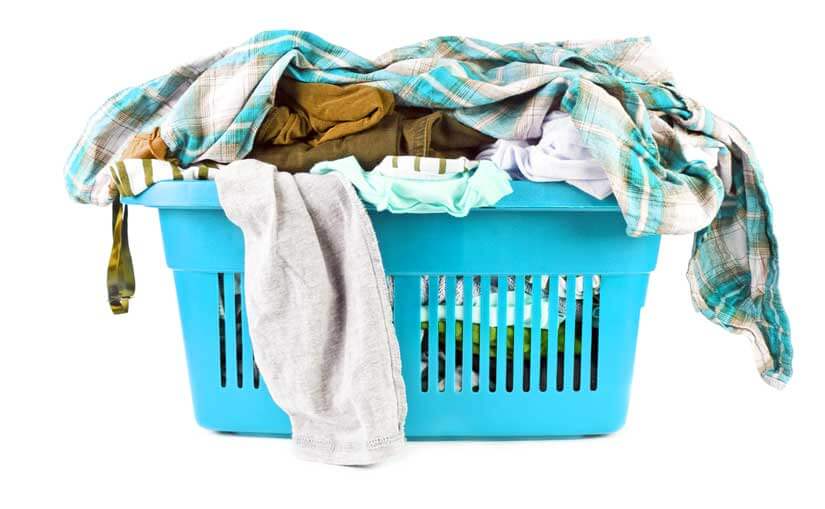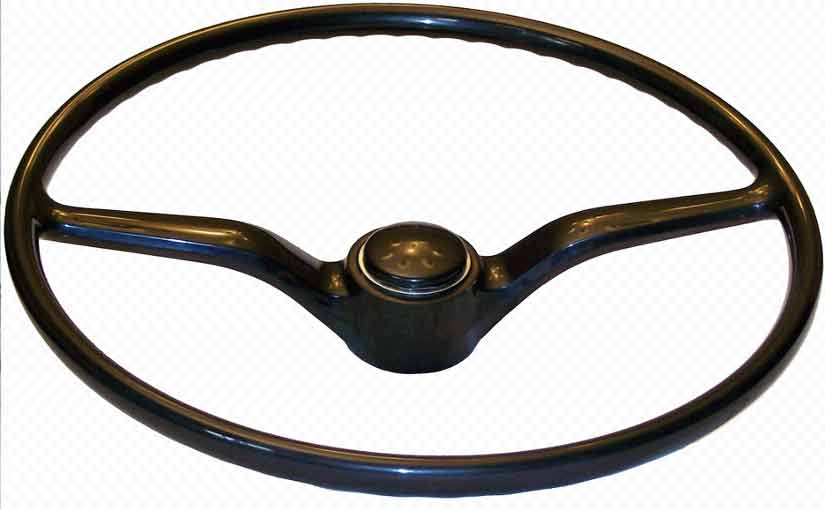Every functional home that has a cesspool may at some point experience failure. It is a simplified septic system that is suitable for households, depending on the number of people living there and the amount of waste that accumulates everyday. A cesspool works by collecting used water from your home. By the time the waste water reaches the cesspool, all the inorganic substances sink to the bottom and the organic substances float to the surface. In the cesspool are colonies of bacteria that help in the conversion of the solid wastes into liquid form. Then, the clarified liquid seeps out the sides of the cesspool tank to be absorbed by the soil that surrounds it.
Does a cesspool system fail? Like any other product or system ever invented not all cesspool systems are fool-proof. There are various factors as to why your cesspool will not yield the same efficient results as it did years back. Then what would be the main reason why it would fail? There is nothing more to be said than the build-up of solid wastes in the system.
If you do not maintain and service your cesspool regularly, it is only expected that the solid wastes will eventually build up in it and block the small openings at it walls. This build up will prevent the clarified liquid from pouring out into the soil. The inorganic material in the cesspool such as anti-bacterial soaps, bleach, toilet bowl cleansers, and acids also solidify and clog the walls. The clogging will then cause an overflow in the system.
Make sure that you have your cesspool pumped every three years. This is recommended so that no clogging will ensue. The first method you could avail of is hydro-jetting with the use of sulfuric acid. This is considered to be a somewhat effective treatment yielding temporary flow at best. It only makes use of water to bring back the efficiency of your drainage system. The slime that accumulated at the bottom of the cesspool is flushed out by water pumped through a plastic pipe. The sulfuric acid immediately takes action and dissolves the slime and sludge. After the slime plug is dissolved, the water in the cesspool will also drop immediately. Another option is aerating the cesspool with sulfuric acid. This allows the opening of the drainage itself. Then, the water can already seep through to the surrounding soil. Here, there is no need to pump the cesspool, which costs money.
There are two common treatments that you could use to help clear your cesspool of sludge and slime—sulfuric acid and enzyme treatments. Sulfuric acid is a legal and ecologically safe chemical to use when you have accumulated solid obstructions in your cesspool. Enzyme treatments or bacteria treatments also keep the cesspool system working optimally and far outweigh all other treatments when used properly.
The cesspool system is said to lack the efficiency that other systems have. It is very prone to failing and it would really take effort to restore it to its efficient operation. So you really have to make it a point to maintain it at the recommended frequency and to always be watchful of any changes in the manner of water consumption and waste disposal in your home. Like any other appliance or vehicle that you may have, the cesspool should be kept in its best condition to assure you that it will function for years and save you the worry and money when it clogs up and fails.



